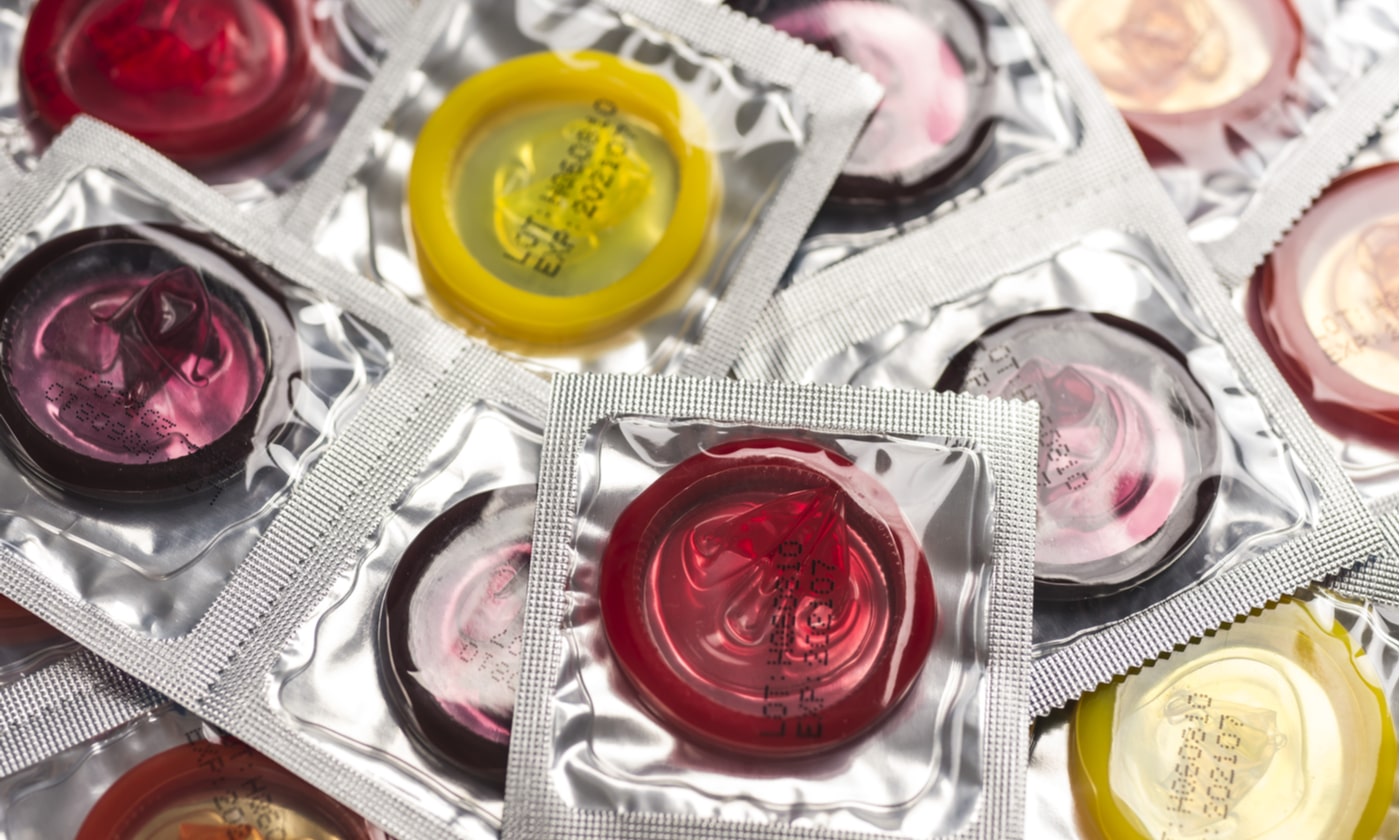Have you ever wondered why some people can enjoy a glass of milk while others face discomfort after dairy? The answer boils down to lactose intolerance, a condition where your body struggles to digest lactose, the sugar found in milk and dairy products. But here’s the surprising part: lactose intolerance is the natural state for humans!
The Unexpected Twist
Humans, like most mammals, lose the ability to fully digest lactose after weaning from breast milk. However, certain populations developed mutations in the LCT gene allowing them to continue producing the enzyme lactase, responsible for breaking down lactose. This lactase persistence became advantageous in cultures where dairy became a significant food source.
Ethnicity and Its Impact
So, how common is lactose intolerance? It depends on your heritage:
- High Prevalence: Up to 90% of Asian Americans, 70% of African Americans, 95-100% of Native Americans, and 50% of Mexican Americans naturally lack lactase persistence.
- Lower Prevalence: Less than 25% of Caucasians and only about 5% of people with Northern European ancestry are lactose intolerant.
The Digestive Discomfort Puzzle
When someone lacks lactase persistence, undigested lactose ferments in the gut, causing uncomfortable symptoms like:
- Bloating
- Gas (Flatulence)
- Diarrhea
- Nausea
- Vomiting
- Abdominal pain/cramps
- Gurgling and rumbling




